Elm Oyster Mushroom
The Elm Oyster Mushroom is a versatile and nutritious edible fungus. It is known for its delicate flavor and meaty texture, making it a popular choice for culinary enthusiasts. This mushroom variety is easy to cultivate, requiring minimal space and resources. It grows rapidly and can be harvested within a short period of time. The Elm Oyster Mushroom is rich in essential nutrients, including protein, fiber, vitamins, and minerals. It offers numerous health benefits, such as boosting the immune system, improving digestion, and supporting heart health. With its unique taste and texture, the Elm Oyster Mushroom is an excellent addition to various dishes, including stir-fries, soups, and salads.
Elm Oyster Mushroom
The Elm oyster mushroom is a fascinating species that often gets mistaken for oyster mushrooms. Despite the confusion in its name, it belongs to a distinct genus called Hypsizygus ulmarius. Elm oysters have a similar appearance to true oyster mushrooms, with their white or cream-colored caps and decurrent gills. However, they have a few distinguishing features that set them apart. One notable characteristic is their stout stem, which is more prominent compared to the slender stems of oyster mushrooms. Additionally, the spore print of Elm oysters is pinkish-brown, whereas true oyster mushrooms produce a white spore print.
Foraging for Elm oyster mushrooms can be an enjoyable experience for beginners due to their relative ease of identification. These mushrooms are typically found growing on hardwood trees such as elm, oak, beech, and maple during late summer through autumn. They tend to grow in tight clusters or small colonies on dead or dying wood. When mature, the caps reach diameters of 5-15 centimeters (2-6 inches) and have a convex shape that gradually flattens out as they age.
All About Elm Oyster Mushrooms
The Elm oyster mushroom, also known by its scientific name Hypsizygus ulmarius, has a close association with elm trees. It is commonly found growing on the trunks and branches of these trees, making it relatively easy to identify in the wild. The scientific name itself provides an interesting insight into its characteristics, with “Hypsizygus” translating to “high up yoke,” possibly referring to its preference for growing on higher parts of the tree, and “ulmarius” relating to the genus name for elms, Ulmus.
First described by French botanist Jean Baptiste Francois Pierre Bulliard in 1791, the Elm oyster mushroom was initially classified under the Agaricus genus. This is not uncommon as many gilled mushrooms were first placed in this category before further classification and research. However, due to its striking resemblance to oyster mushrooms in terms of appearance and growth habit, it was later moved to the Pleurotus genus – the same genus as true oyster mushrooms.
Elm Oyster Mushroom Identification
Elm oyster mushrooms are a species that can be found during the late summer and fall. They are typically seen between August and December, but their fruiting season may extend into winter if the weather is mild. This means that even if there is some snow or frost, they can still be found and harvested. Elm oysters have a remarkable ability to withstand colder temperatures and remain viable for foraging even when frozen.
When searching for elm oyster mushrooms, it is important to know their preferred habitat. These mushrooms can often be found growing on dead or dying elm trees, hence their name. They have a special affinity for elmwood, but may also occur on other hardwoods such as oak or maple. It is crucial to develop an understanding of the different types of trees in your area to increase your chances of successfully identifying elm oyster mushrooms in the wild.
If you want to find elm oyster mushrooms, look for them from late summer through fall and possibly into winter. Look for dead or dying elm trees, as these are often where these mushrooms grow. Adding these mushrooms to your foraging can bring joy during the autumn months. Remember to always practice safe foraging and consult an expert if you’re unsure about identifying mushrooms.
Foraging Elm Oyster Mushrooms
Foraging Elm Oyster mushrooms is an exciting and rewarding experience. When harvesting these mushrooms, it is essential to cut the oyster off at the base of the stem. This ensures that you are gathering the entire mushroom and leaves no unnecessary waste behind. By cutting them at the base, you can also avoid any potential damage to the mycelium, which allows for future growth and cultivation.
It’s important to note that the stem of Elm Oyster mushrooms can be quite tough and not particularly enjoyable to eat. Therefore, once you have harvested the mushroom, it is recommended to remove the stem completely if desired. This will ensure that your culinary experience with Elm Oyster mushrooms focuses on their tender and flavorful caps rather than being interrupted by a chewy stem. Removing the stem also makes it easier when cooking or preparing dishes with these mushrooms, as their texture can be more uniform without the toughness of the stems. Overall, foraging Elm Oyster mushrooms and properly handling them by cutting off the stems at their base provides both a sustainable practice and enhances the enjoyment of these delicious fungi in various recipes.
Uses For Elm Oyster Mushrooms
Elm oyster mushrooms have gained attention not only for their culinary uses but also for their potential medicinal properties. Studies suggest that these mushrooms contain compounds that exhibit antioxidant and anti-inflammatory activities, making them potentially useful in treating various health issues, particularly those related to diabetes. In fact, in China, the Elm oyster is regarded as a medicinal mushroom with traditional uses dating back centuries. The ongoing investigation into the medicinal properties of elm oyster mushrooms holds promise for the development of new therapies and treatments.
Furthermore, elm oyster mushrooms have shown promise in environmental applications through mycoremediation techniques. These techniques involve using fungi to clean up pollutants and toxins from the environment. Elm oysters possess an enzyme that aids in decomposing trees, suggesting their potential to assist in breaking down other organic materials as well. This raises the possibility of utilizing elm oysters in biodegrading synthetic materials like plastic—an area of growing concern due to its adverse environmental impact. By harnessing the natural capabilities of elm oyster mushrooms, we may find innovative solutions to address pollution and promote sustainability in various industries.
Related
Be the first to review “Elm Oyster Mushroom” Cancel reply
Related products
Buy shrooms online
Buy shrooms online
Buy shrooms online
Buy shrooms online

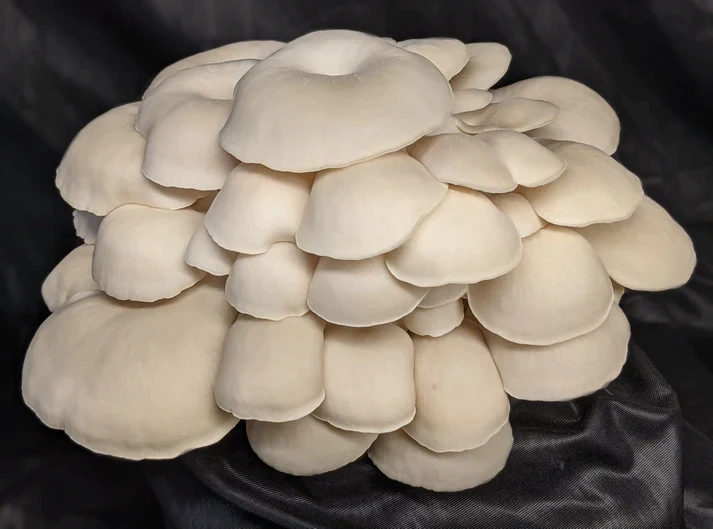
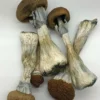
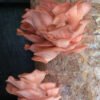

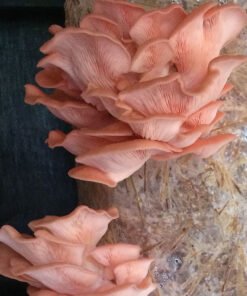
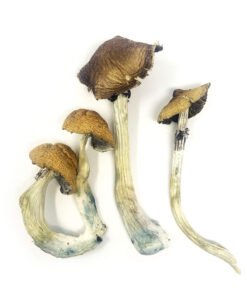
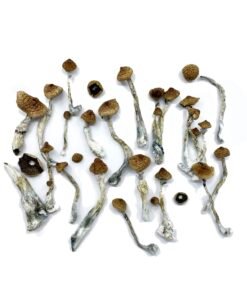
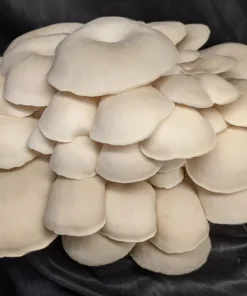
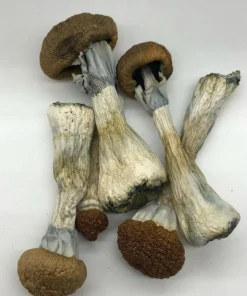
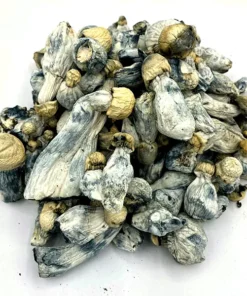
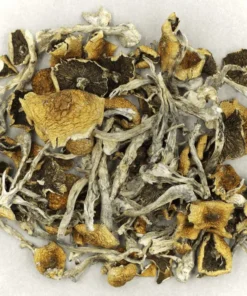
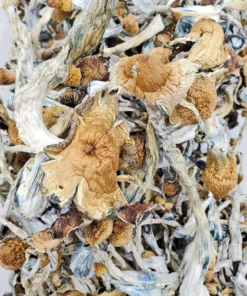

Reviews
There are no reviews yet.